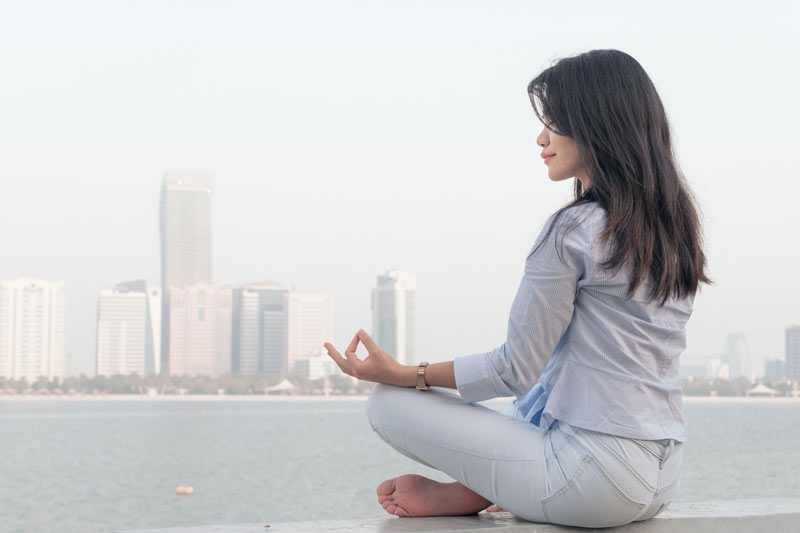Is your mind filled with a million overwhelming thoughts that you aren’t sure what to do with? Sometimes, our thoughts get the best of us. When we find ourselves feeling stuck with anxiety and frustration, mindfulness skills can help bring us into the present moment.
Mindfulness is the concept of learning how to be present, and aware of your thoughts and feelings without distress or judgment. It's a lighthearted way of stepping back from those unpleasant or overwhelming thoughts.
Here are 7 simple and effective mindful strategies to declutter your mind:
Declutter your physical space. It's stressful to go about your day feeling like there's too much going in your head. Removing the physical clutter from your environment also carries over into your state of mind.
Observe without judgment. If you imagine yourself lying down in a grassy field and watching the clouds roll by, you probably won't try to stop the clouds from moving. The same goes for this strategy. If the clouds are your thoughts, practice observing them and allowing them to pass, no matter how distressing they may be.
Noting. We don't need to examine every single thought we have. When we realize that a particular thought creates tension in the mind, we can note the thought for what it is. A thought. By doing so, we create a space between ourselves and our thoughts, making them less distressing and easier to let go of.
Breathe. So many of us forget how effective the breath can be. Take a deep breath, focus on the air coming in and out of your body. By pausing for just a few moments, you reset the mind while it releases a calming effect.
Body scan. Whether you choose to do this on your own or listen to a guided meditation, a body scan is a short, simple, and effective way of decluttering. This exercise asks you to picture a steady stream of warm sunshine flowing down through your head into the body, ultimately dissolving away any discomfort, leaving you feeling a little more relaxed and at ease.
Ground yourself. Instead of holding in any frustration or discomfort, whether thoughts or feelings, take a few minutes to ground yourself. Pay attention to your breathing, or notice how your body feels sitting in your chair. When we become more present in the body, we can release these intense emotions. As a result, both the body and the mind feel calmer and clearer.
Notice the wandering mind. We often try and shift our focus to whatever we’re doing, but how often do we sit and notice all of the thoughts coming in? Recognize the natural judgments placed on any thoughts that arise. Do any of them change the way you feel? Some may bring joy, while others cause pain by reminding us of the things we try to forget. This exercise allows us to notice the way our thoughts impact the way we feel.
Consider mindfulness as a mental muscle. Every situation you approach mindfully strengthens that muscle and promotes a different, more helpful perspective. As your skills improve, your mind will feel calmer, and less cluttered.

